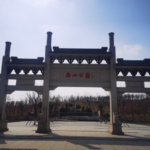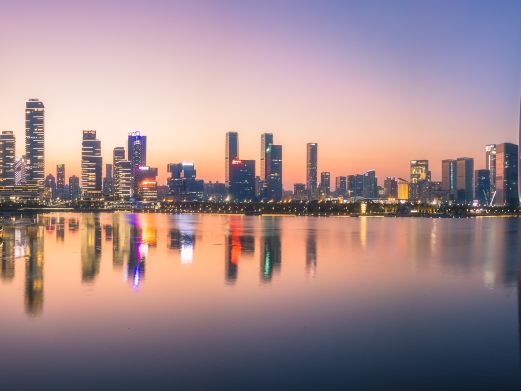On the west side of Qunxing Village, Xintang Town, Zengcheng District, Guangzhou City, there is a sea erosion cave, formerly known as Shixiang. This is a relatively deep sea erosion cave found in Guangdong area and an important physical evidence of the great changes in Guangzhou area. According to the research of geographical experts, more than 70 million years ago, this place was still an ancient sea. The cave is a huge rock condensed from seabed sediments. It is constantly washed by seawater, and red sandstone and quartz porphyry are eroded into cave lanes. About 2,000 years ago, when the sea receded, the sea erosion cave we see now was formed. It is a cave formed by ancient land-sea changes, so it is also called “Remains of the Ancient Sea”. The Remains of the Ancient Sea includes scenic spots such as Shixiang, Yishi Temple, Yishiyan Rock, and the former site of Zhan Ganquan’s fishing platform. The cave and the rock strata are basically in the same direction. The cave is 2.5 meters high and 20 meters long, inclining from northeast to southwest towards the sea. There are also many relics of sea cliffs around the sea erosion cave. Connected to the cave entrance of the sea erosion cave is a larger rock that is higher than the cave entrance. Under the rock is a stone platform, like a temple. The villagers of Xintang built a temple on this natural platform, named “Yiyan Temple” (also known as “Tianhou Palace”). The temple is connected and communicates with the cave. Visitors entering and leaving here have a special charm.
The opening hours are all year round and open all day. The specific business status is subject to the opening situation on that day.Sea Erosion Cave
On the west side of Qunxing Village, Xintang Town, Zengcheng District, Guangzhou City, there is a se[...]









